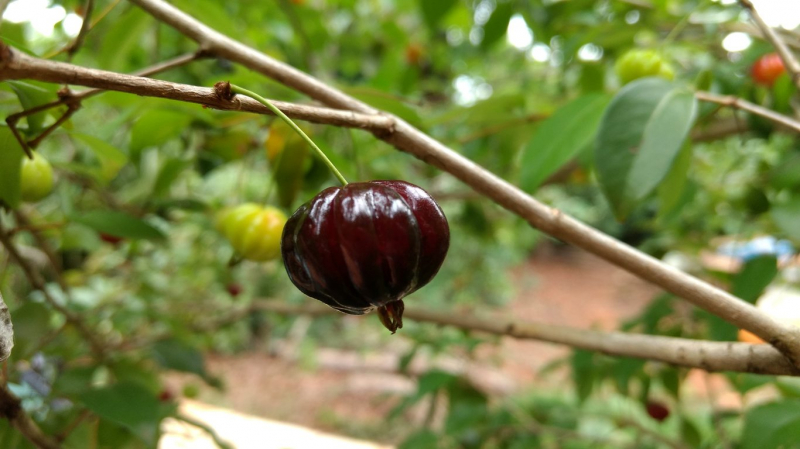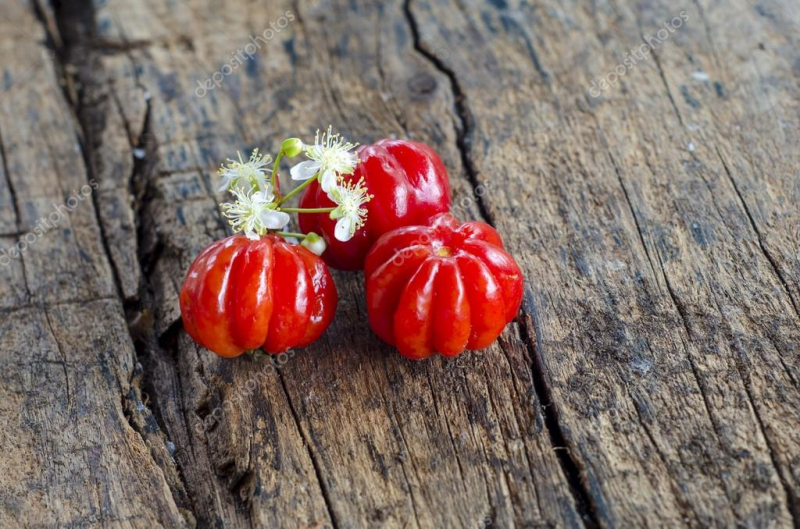Brazilian Cherries
Surinam cherries are also known as Brazilian cherries, Florida cherries, Cayenne cherries, and Pitanga cherries. Historically, the plants were grown as ornamental hedges, but some consumers gather the fruits as a culinary ingredients and incorporate them into baked goods, desserts, preserves, and sauces. The fruits will have a sweet-tart, acidic flavor with mild, earthy, and subtly bitter nuances, sometimes reminiscent of the vegetal earthiness found in green bell peppers. Surinam cherries have an unusual, often polarizing flavor, with some consumers appreciating the flavor, while others find it an acquired taste.
Small Surinam cherry with an oval to spherical, somewhat flattened look, measuring 2 to 4 centimeters in diameter on average. Each fruit's skin is thin, smooth, delicate, and glossy, and it is strongly ribbed with seven to eight vertical ridges. Depending on the variety, the fruit's surface will change from green, orange, and red to red-blue and crimson when it is ripe. It is crucial to remember that Surinam cherries should only be eaten when fully ripe. Fruits that aren't ripe will taste acrid, nasty, sour, and bitter. The flesh is orange-red, watery, soft, and sticky behind the skin and contains one to three flat seeds that should be thrown away. Surinam cherries are delicate to the touch and easily come off the stem when they are fully ripe.







